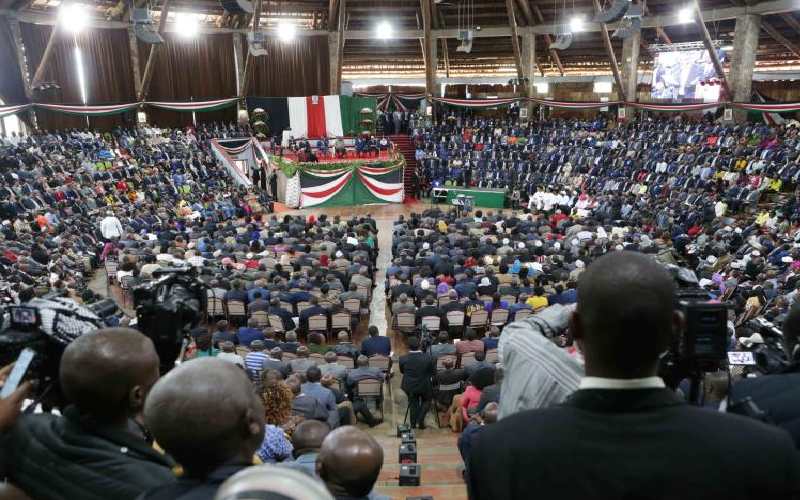×
The Standard e-Paper
Fearless, Trusted News

Guests follow proceeding during the launch of the Building Bridges Initiative report at Bomas of Kenya in Nairobi on November 27, 2019. [File, Standard]
If constitutional reform in Kenya was a religion, then the Bomas of Kenya, the site where the Building Bridges Initiative (BBI) report was launched to the public yesterday, would be hallowed ground.